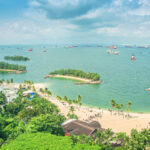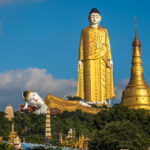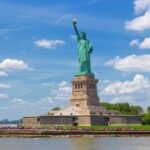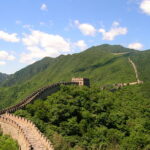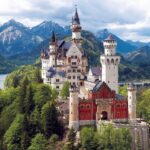Belgium, is a country in Northwestern Europe. The country is bordered by the Netherlands to the north, Germany to the east, Luxembourg to the southeast, France to the southwest, and the North Sea to the northwest. It covers an area of 30,689 km2 (11,849 sq mi) and has a population of more than 11.5 million, making it the 22nd most densely populated country in the world and the 6th most densely populated country in Europe, with a density of 376 per square kilometre (970/sq mi). The capital and largest city is Brussels; other major cities are Antwerp, Ghent, Charleroi, Liège, Bruges, Namur, and Leuven. (Source from Wikipedia)


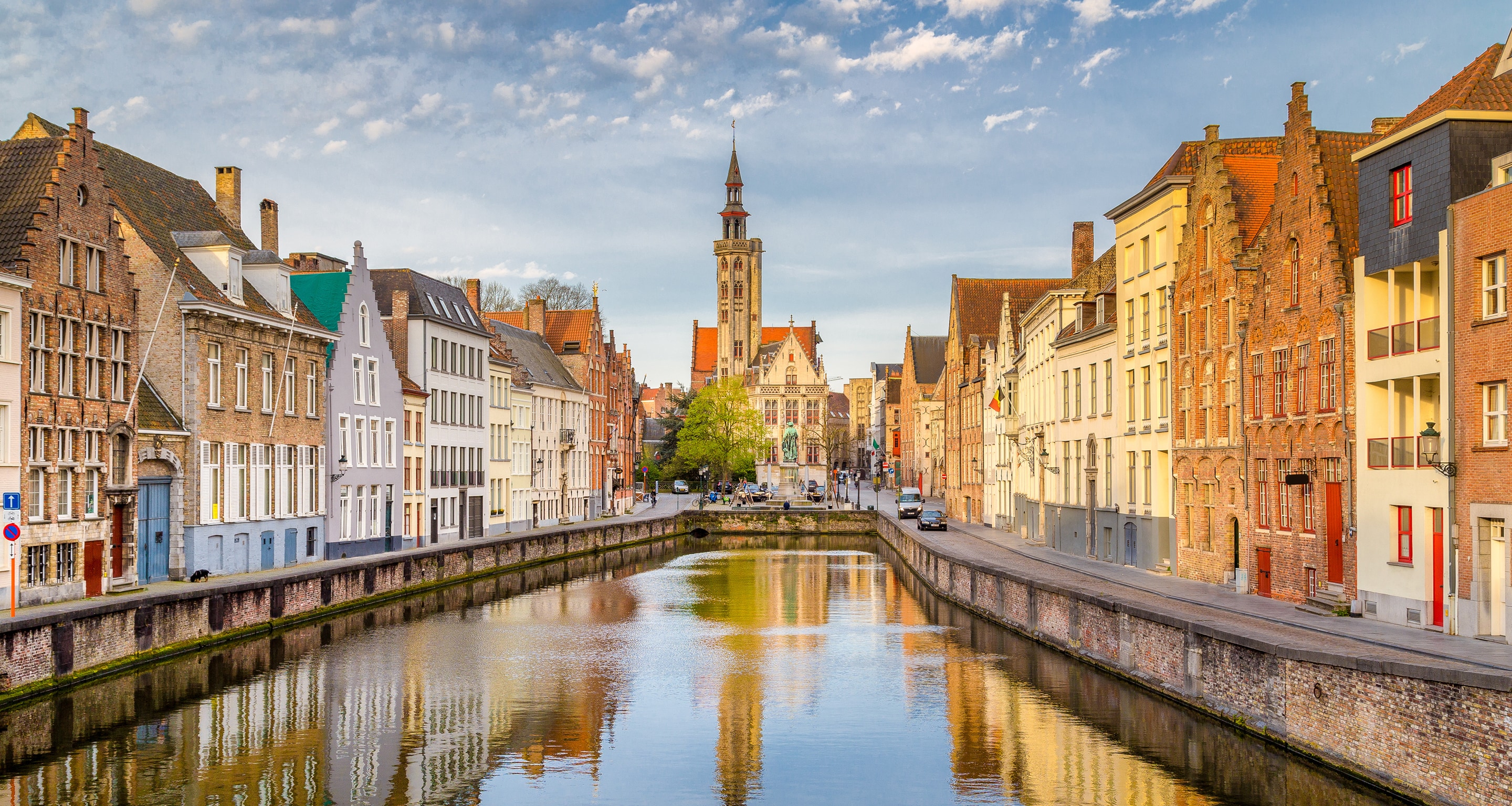
1. Bruges; Venice of the north
Bruges is the capital and largest city of the province of West Flanders in the Flemish Region of Belgium, in the northwest of the country, and the sixth-largest city of the country by population. Along with a few other canal-based northern cities, such as Amsterdam and St Petersburg, it is sometimes referred to as the Venice of the North. Bruges has a significant economic importance, thanks to its port, and was once one of the world's chief commercial cities. Bruges is a popular tourism destination within Belgium, and is well known as the seat of the College of Europe, a university institute for European studies.







2. Brussels; Charming night-life in Capital city
Brussels is a region of Belgium comprising 19 municipalities, including the City of Brussels, which is the capital of Belgium. The Brussels-Capital Region is located in the central portion of the country and is a part of both the French Community of Belgium and the Flemish Community, but is separate from the Flemish Region (within which it forms an enclave) and the Walloon Region. Brussels is the most densely populated and the richest region in Belgium in terms of GDP per capita. It covers 162 km2 (63 sq mi), a relatively small area compared to the two other regions, and has a population of over 1.2 million. The five times larger metropolitan area of Brussels comprises over 2.5 million people, which makes it the largest in Belgium. It is also part of a large conurbation extending towards Ghent, Antwerp, Leuven and Walloon Brabant, home to over 5 million people.







3. Ghent; Beauty in serene artworks
Ghent is a city and a municipality in the Flemish Region of Belgium. It is the capital and largest city of the East Flanders province, and the third largest in the country, exceeded in size only by Brussels and Antwerp. It is a port and university city.





4. Antwerp; Diamond Capital of the world
Antwerp is a city in Belgium and the capital of Antwerp Province in the Flemish Region. With a population of 520,504, it is the most populous city center in Belgium, and with a metropolitan population of around 1,200,000 people; it is the second-largest metropolitan region after Brussels.




5. Ardennes; Adventurous land of greens
The Ardennes also known as the Ardennes Forest or Forest of Ardennes, is a region of extensive forests, rough terrain, rolling hills and ridges primarily in Belgium and Luxembourg, extending into Germany and France. Geologically, the range is a western extension of the Eifel; both were raised during the Givetian age of the Devonian (382.7 to 387.7 million years ago), as were several other named ranges of the same greater range.





6. Tournai; Hub of Cathedrals
Tournai is a city and municipality of Wallonia located in the province of Hainaut, Belgium. It lies 85 km (53 mi) southwest of Brussels on the river Scheldt. Tournai is part of Eurometropolis Lille–Kortrijk–Tournai, which had 2,155,161 residents in 2008. Tournai is one of the oldest cities in Belgium and has played an important role in the country's cultural history. It was the first capital of the Frankish Empire, with Clovis I being born here.




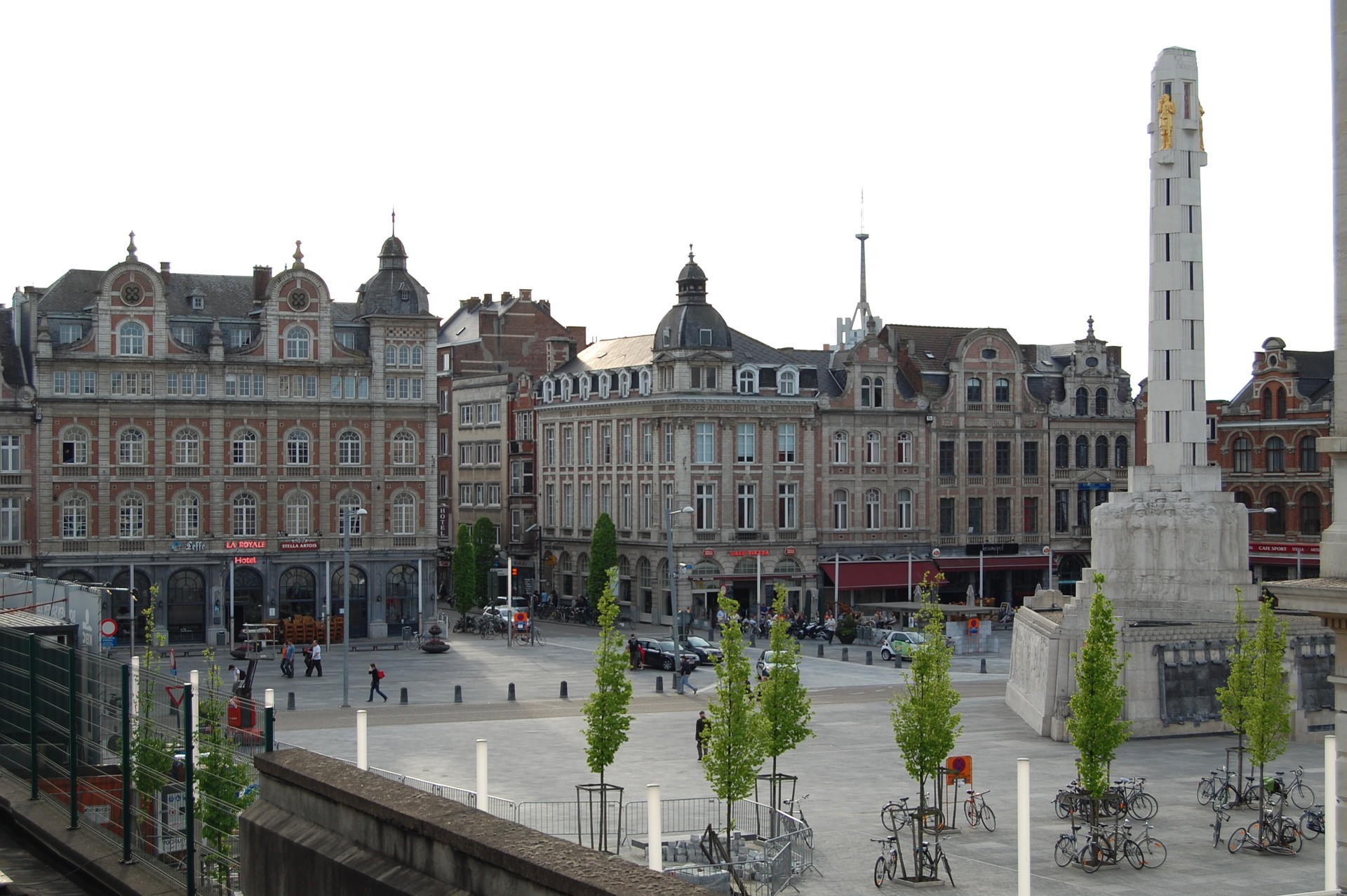
7. Leuven; Best Brewing town
Leuven is the capital and largest city of the province of Flemish Brabant in the Flemish Region of Belgium. It is located about 25 kilometres (16 miles) east of Brussels. The municipality itself comprises the historic city and the former neighbouring municipalities of Heverlee, Kessel-Lo, a part of Korbeek-Lo, Wilsele and Wijgmaal. It is the eighth largest city in Belgium with more than 100,244 inhabitants.




8. Mons; War and Peace Life
Mons is a city and municipality of Wallonia, and the capital of the province of Hainaut, Belgium. Mons was made into a fortified city by Count Baldwin IV of Hainaut in the 12th century. The population grew quickly, trade flourished, and several commercial buildings were erected near the Grand’Place. In 1814, King William I of the Netherlands increased the fortifications, following the fall of the First French Empire. The Industrial Revolution and coal mining made Mons a center of heavy industry. In 1830, Belgium gained its independence and the decision was made to dismantle the fortifications, allowing the creation of large boulevards and other urban projects.





9. Mechelen; Old and refreshing
Mechelen is a city and municipality in the province of Antwerp in the Flemish Region of Belgium. The municipality comprises the city of Mechelen proper, some quarters at its outskirts, the hamlets of Nekkerspoel (adjacent) and Battel (a few kilometers away), as well as the villages of Walem, Heffen, Leest, Hombeek, and Muizen. The Dyle flows through the city, hence it is often referred to as the Dijlestad ("City on the river Dijle").

10. Spa; Chillax, Self-love, and Care
Spa is a city and municipality of Wallonia located in the province of Liège, Belgium, whose name became an eponym for mineral baths with supposed curative properties. The town of Spa is situated in a valley in the Ardennes mountains 35 kilometres (22 miles) southeast of the city of Liège and 45 kilometres (28 miles) southwest of Aachen. In 2006, Spa had a population of 10,543 and an area of 39.85 square kilometres (15.39 square miles), giving a population density of 265 inhabitants per km².



